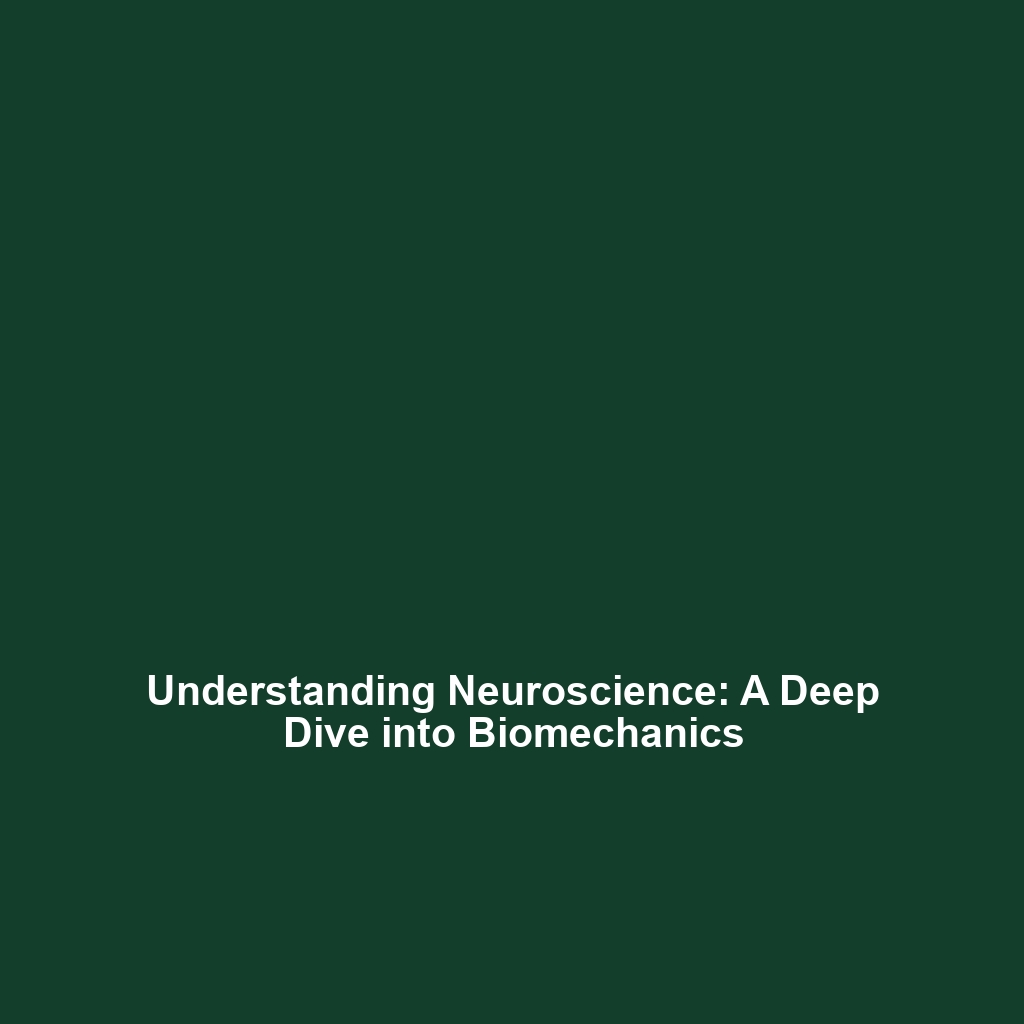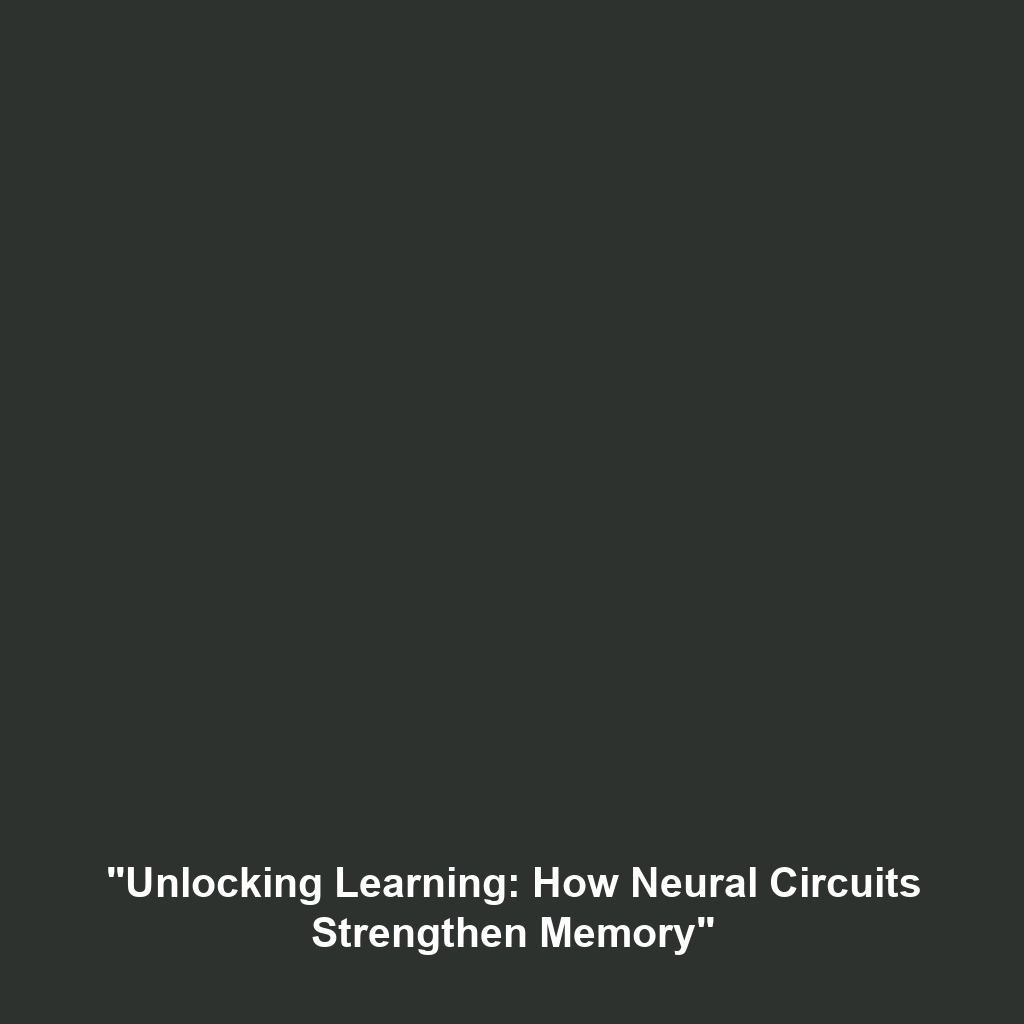How Humanoid Robot Research is Leading to the Development of Assistive Technologies in Physical Rehabilitation
Humanoid robots are now at the forefront of technological innovation, significantly impacting various fields, including healthcare. This research focuses on how humanoid robots are advancing assistive technologies in physical rehabilitation, offering hope and help to those recovering from injuries or surgeries. The significance of these advancements cannot be overstated, as they promise to enhance recovery outcomes and improve quality of life for individuals with mobility issues. In this article, we delve deeper into the intersection of humanoid robot research and physical rehabilitation technologies.
Key Concepts
The study of humanoid robots encompasses several key principles that are crucial to their development in assistive technologies. Below are some of the major concepts:
- Biomechanics: Understanding human motion and using this knowledge to design robots that can mimic physical therapy movements.
- Human-Robot Interaction: Developing intuitive interfaces that allow users to communicate and interact with humanoid robots effectively.
- Adaptive Learning: Equipping robots with machine learning algorithms that enable them to tailor rehabilitation programs to individual patient needs.
These concepts relate directly to how humanoid robots can assist in physical rehabilitation and illustrate their potential to reshape therapeutic practices.
Applications and Real-World Uses
The application of humanoid robots in physical rehabilitation manifests in various innovative ways:
- Robotic Exoskeletons: These are wearable devices that assist individuals with mobility impairments, allowing them to walk and engage in physical activities during therapy.
- Therapeutic Robots: Humanoid robots can assist therapists in delivering repetitive exercises, providing motivation and support while tracking patient progress.
- Social Robots: Designed to offer emotional support, these robots can promote mental wellbeing, which is crucial for effective rehabilitation.
Each of these applications showcases how humanoid robots are used to enhance rehabilitation processes in healthcare settings.
Current Challenges
While humanoid robots present numerous benefits, there are challenges associated with their development and application:
- Cost: The expenses related to research and implementation of humanoid robot technologies can be prohibitive for many healthcare facilities.
- Complexity of Human Motion: Accurately replicating human movements in a safe and effective way remains a significant technical challenge.
- Acceptance by Patients: Gaining trust and acceptance from patients is crucial, as some may feel intimidated by technology.
Addressing these challenges is essential for successfully integrating humanoid robots into physical rehabilitation programs.
Future Research and Innovations
Looking ahead, several exciting innovations and research projects are underway that could revolutionize the field:
- AI-Driven Robotics: Utilizing artificial intelligence to create smarter rehabilitation robots that adapt in real-time to patient performance.
- Tele-rehabilitation: Developing remote assistance technologies that allow therapists to guide patients using humanoid robots from afar.
- Multisensory Interaction: Enhancements in robots’ sensory capabilities to respond to a wider array of patient needs and environments.
These innovations are set to greatly influence the future of humanoid robots in rehabilitation settings.
Conclusion
In summary, the research on humanoid robots is paving the way for significant advancements in assistive technologies for physical rehabilitation. The integration of these technologies not only enhances the efficiency and effectiveness of rehabilitation practices but also transforms the patient experience. As we continue to investigate and overcome existing challenges, the future for humanoid robots in this field appears promising. For more information on related topics, consider exploring our articles on robotic exoskeletons and tele-rehabilitation.



